Description
Why “More and Less” Matters
Understanding “more” and “less” builds number sense, reasoning, and early math skills.
- Number Sense: Helps children see how numbers relate to each other.
- Foundation for Operations: “How many more?” leads to subtraction; “How many altogether?” leads to addition.
- Logical Thinking: Children learn to reason and justify their answers.
- Precise Language: Using words like “more,” “less,” “fewer,” and “equal” accurately.
What’s Inside This Worksheet?
A step-by-step journey from visual comparison to numerical understanding.
Part 1: Warm-Up – See the Difference
- Compare two groups of objects (e.g., dinosaurs, apples, stars).
- Circle which group has more or less.
- Builds confidence and taps into natural intuition.
Part 2: Count & Conquer – Find the Number
- Count each group and write the number in a box.
- Connects the idea of “more” to actual numerals.
- Key step for deeper understanding!
Part 3: Apply Your Knowledge – Circle the Winner
- Circle the group with more or less, using the numbers written.
- Builds logical reasoning with clear evidence.
Part 4: The Challenge – How Many More?
- Introduce subtraction: “How many more apples are in group A?”
- Use number lines or drawings to visualize the difference.
- Begins operational thinking beyond simple comparison.
3 Playful Tips to Make Math Fun
- Compare Everything: Ask questions like “Do you have more goldfish or apple slices?” Make it a game.
- Use Objects: Count cereal, blocks, or toys together to see which group has more.
- One-to-One Correspondence: Line up objects to compare lengths visually and tactically.
Call to Action:
Click ‘Add to Cart’ to get instant access to our Count & Compare Worksheet. Download and print your playful math adventure today!

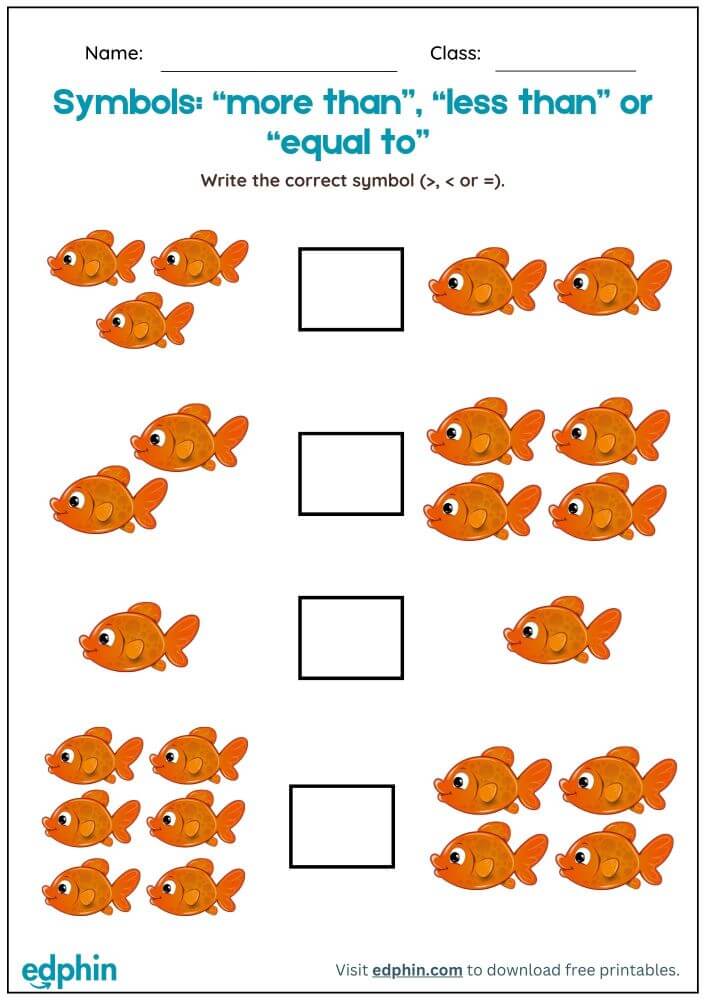
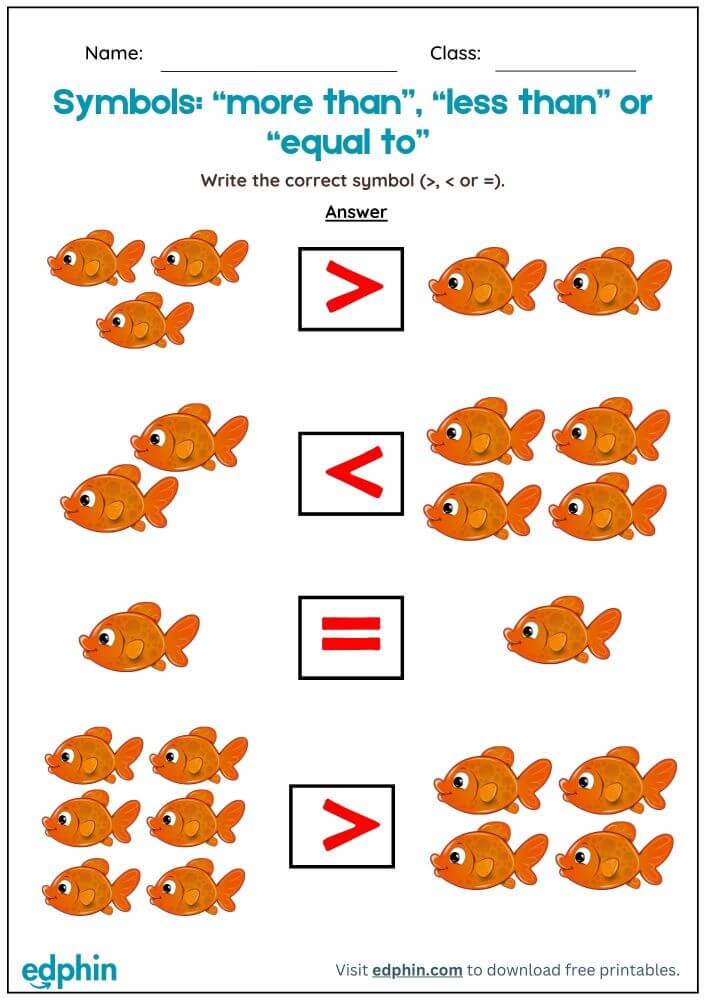
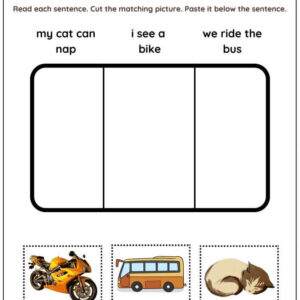
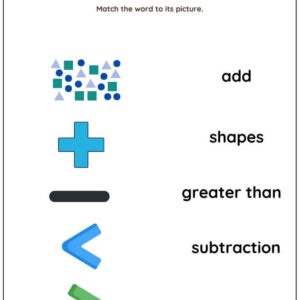
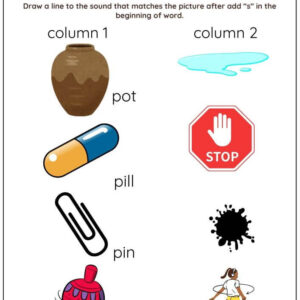
Reviews
There are no reviews yet.